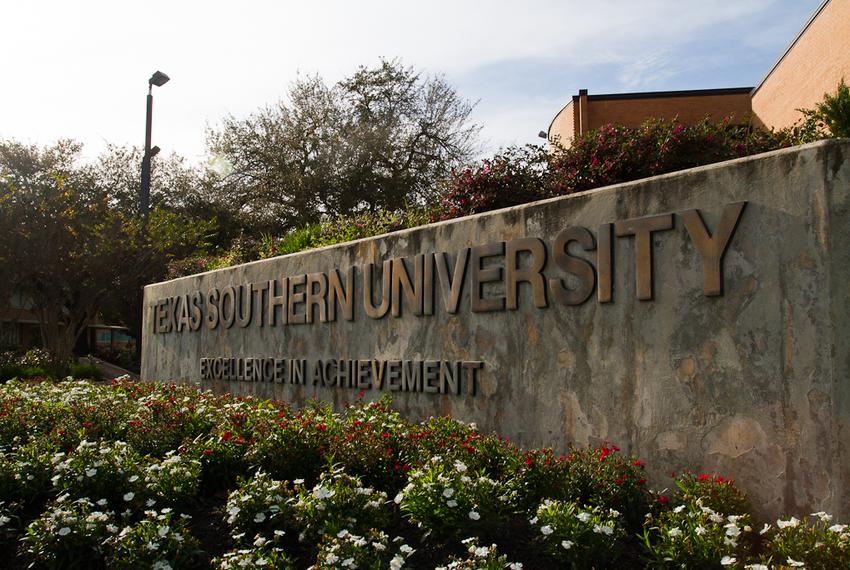Texas Southern University will use a new $350,000 grant to develop the first-ever HBCU Criminal Justice Research Hub. The hub will study how to reduce incarceration and violent crime in hopes to be a resource for city leaders.
“As an academic institution, our job is to make sure that we provide them with more solutions, because that’s what we’re supposed to do,” said Dr. Howard Henderson, Professor of Justice Administration and Founding Director of the Criminal Justice Research Center at TSU. “We’re supposed to share our knowledge and share our understanding of the problem but also bring together this national collection of thought leaders – who have a career and a background of knowledge and information experience to further solve these problems because crime be solved and we refuse to accept otherwise.”

The hub will conduct a crime needs assessment of the City of Houston, create an action plan based on the assessment to provide solutions for the hub’s focus – mass incarceration and violent crime – and then share the results with other HBCUs across the country.
Howard said the idea of creating the hub stemmed from having years of conversations about community engagement and incorporating community experiences into solutions. He said in order to find solutions to problems you have to include those who are most affected.
“You can’t have a conversation about how to improve policing, without having a conversation with people who are arrested, you can’t have a conversation with solutions to community problems without talking to the community,” he said.
The Criminal Justice Research Center at TSU has been active for five years. According to Henderson, the center’s research has been used at the federal, state, and local level to have conversations around criminal justice issues.
Howard said since being active, the center has always involved the community in their research.
“We’ve been able to incorporate, not only Third Ward, but Fifth Ward and other wards in the city, into our projects,” he said. We don’t do anything relative to research in our center that does not involve some aspect of community engagement.”
Howard said the hub will not only benefit criminal justice majors at the university, but all students – especially students from communities that are affected.
“I think that when you look at the news every night, and you see issues of crime and justice, when many of us come from these communities and these neighborhoods – we’re being directly impacted by these issues of mass incarceration and violent crime – I think that there’s a natural desire to solve the problem,” he said. “I think this provides an opportunity for our students to be engaged in a national conversation that’s focused on solving problems.”
The research hub is a two-year collaboration between HBCU researchers, community activists and partners, individuals who have lived experiences through the criminal justice system and those who work in the criminal justice system. Funded through the Walmart Foundation through Walmart.org’s Center for Racial Equity, the grant will be used to develop the hub within TSU’s existing Center for Justice Research.
The hub is currently in its planning window and is expected to open next year.
♦ Culled from the Houston Public Media








































